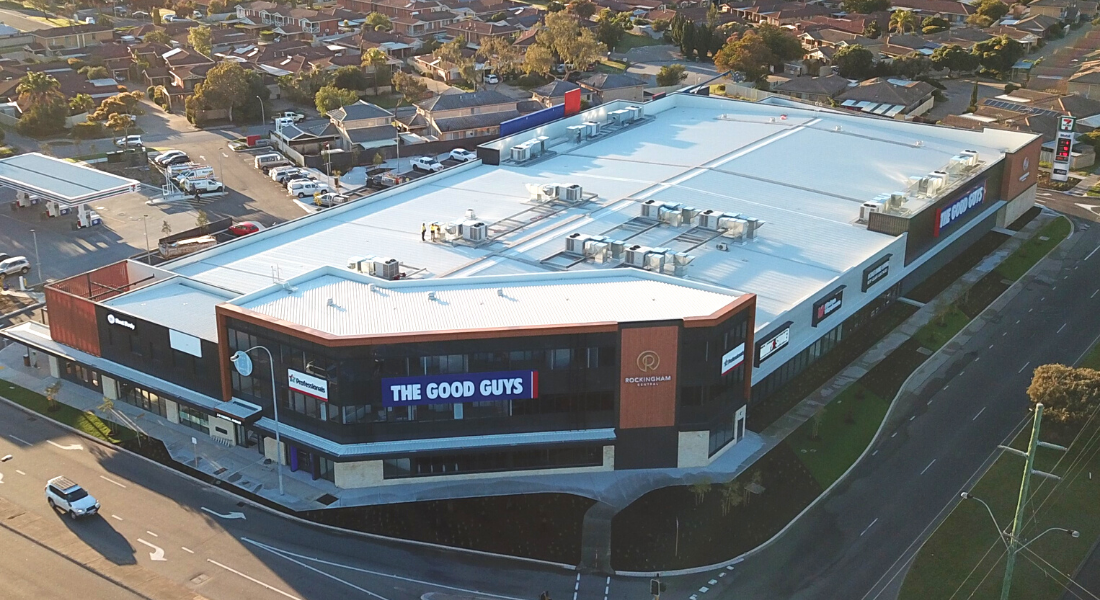Property, Politics, APRA and Interest Rates

Whilst housing prices in Sydney and Melbourne have been coming off record highs set in 2017 and 2018 respectively, other capital cities, with the exception of Hobart, have not enjoyed bull runs over the past five years.
Many property owners in Perth, and to a lesser extent in Brisbane, have experienced negative equity as house prices have fallen. CoreLogic reports that almost half of all units in greater Perth are losing money on their sale and, in the March quarter, almost 35% of units in Brisbane have done the same. This phenomenon is catching up with Sydney and Melbourne where up to one -third of recent sales have recorded a loss.
However, hope now appears to be on the horizon.
In the same way regulators combined to slow the economy, they are now working to give it a kick along.
In 2014 APRA attempted to slow rising investment in the bull run of the Sydney and Melbourne property markets by increasing serviceability assessments. These tough measures made borrowers prove they could repay their loans if they increased by 2 per cent above the loan product rate and a minimum floor rate of at least 7 per cent.
In May of this year, APRA stated their view that “the low interest rate environment is now expected to persist for longer than originally envisaged. This may mean that the gap between actual rates paid and the floor rate may become unnecessarily wide…”. In July APRA followed through and scraped the requirement to use the 7% floor and instead borrowers are to be assessed on a revised rate buffer of at least 2.5% above the loan’s interest rate.
The effect of this should allow borrowers to access more debt than they have been able to in the last five years.
Combine this with successive 0.25% cuts to the cash rate by the RBA, the shock re-election of the Morrison Government, and many commentators are pointing to green shoots of optimism spreading across housing and into commerce. With a PM Morrison in charge the threat of tough negative gearing changes and higher capital gains proposed by the Opposition are dead.
We all know that rising house prices, known as the wealth effect, is good for Large Format Retail. Perhaps now the triple threat of higher interest rates, higher serviceability requirements and oppressive policy is dead, consumers will start returning to Large Format Retail.
Next month we will explore James Whelan of VFS Group and his famous ‘theory of stuff’ and how it related to Large Format Retail.

By Chris Hall, Primary Communication




